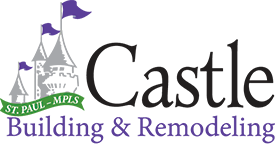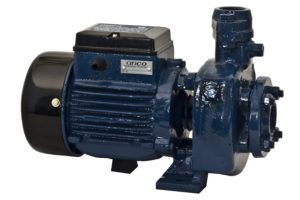Hello Castle Friends!
It is officially busy busy season in the remodeling world and Castle is busier than ever. Next week we will be posting pictures of our first Save A Castle so stay tuned for that! In the meantime, let’s introduce this month’s Designer of the Month, Mark Benzell.
Mark started remodeling homes in 1978 (about the same time he discovered Tab soda) and operated his own design/build firm for 25 years. He has been a long time member of the National Association of the Remodeling Industry and served on the Board of Directors for the Minnesota Chapter of NARI from 1991-2007.
In 1992, Mark’s company was chosen by Remodeling Magazine as one of their ‘Big 50’ contractors of the year. As President of the Minnesota Chapter in 1994, Mark was honored with the Industry Leader of the Year Award. Mark also served for seven years on the NARI National Board of Directors. In December of 2007, Mark was named as a founding Director for Minnesota GreenStar and served as the Minnesota GreenStar Treasurer and Operations Manager through the end of 2011. Mark’s current focus has been on Architectural Design and Sales with Castle Building & Remodeling since March 2010. While not working Mark likes to play poker and drink Tab soda.
Here is what Mark has to say about how his month is going so far:
M: Spring is always a busy time of year for residential remodeling designers. Especially after a long, cold winter (sound familiar?). There’s a sense of renewal in the air. You can finally open the windows and let the fresh air into the house. The trees have leaves and the birds are chirping, and everyone wants to get serious about the projects and improvements they’ve been thinking about for the last six months.
What kind of projects seem to be popular during this busy remodeling season?
M: We’re still seeing a lot of kitchen and bath remodels, but basement refinishing and attic build-outs have been a strong trend as well. Even with the slowly reviving economy, folks are still a bit hesitant about expanding the footprint of their homes. In many ways, this makes a lot of sense. Work within the existing footprint of your home and get as much use as possible out of the space you have. In almost all cases, the cost per square foot to remodel your basement, and even to remodel and expand your attic is much less than a new addition.
Mark, what have you been working on lately?
M: I’m working on a lot of attic build-outs that require a very creative approach to roof lines and structural considerations in order to maximize usable space meet some of today’s more stringent building codes and look like natural extensions of your home. The ultimate goal is a functional, attractive remodel that looks like it could have always been part of the house.
In addition, attic remodels give me the opportunity to find creative and unique ways to utilize odd little nooks and crannies, or do built-in bookshelves and dressers in knee walls. Even after 35 years of residential design, I still find it challenging and fun to start with a cramped, dark and unwelcoming attic and turn it into a spacious, well lit and comfortable space that will be enjoyed for many years to come.
Do you have a question for Mark? Send your questions to Hannah@castlebri.com
Later this month: We will be posting images of our first Save A Castle home, more from Mark, and an event announcement you won’t want to miss!



 Photo 1: Example of water pump
Photo 1: Example of water pump
